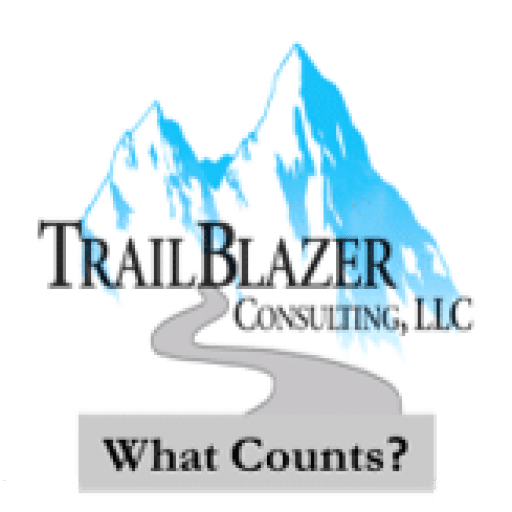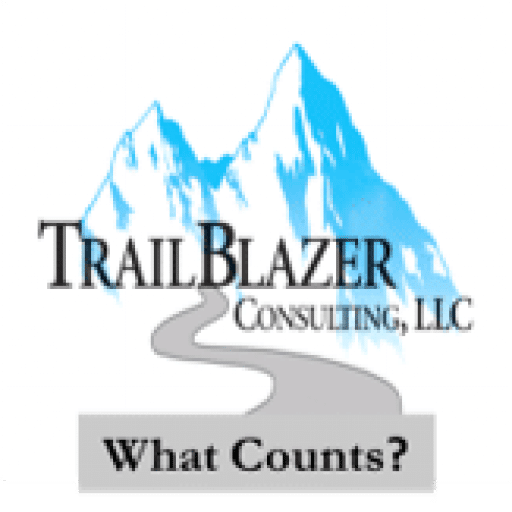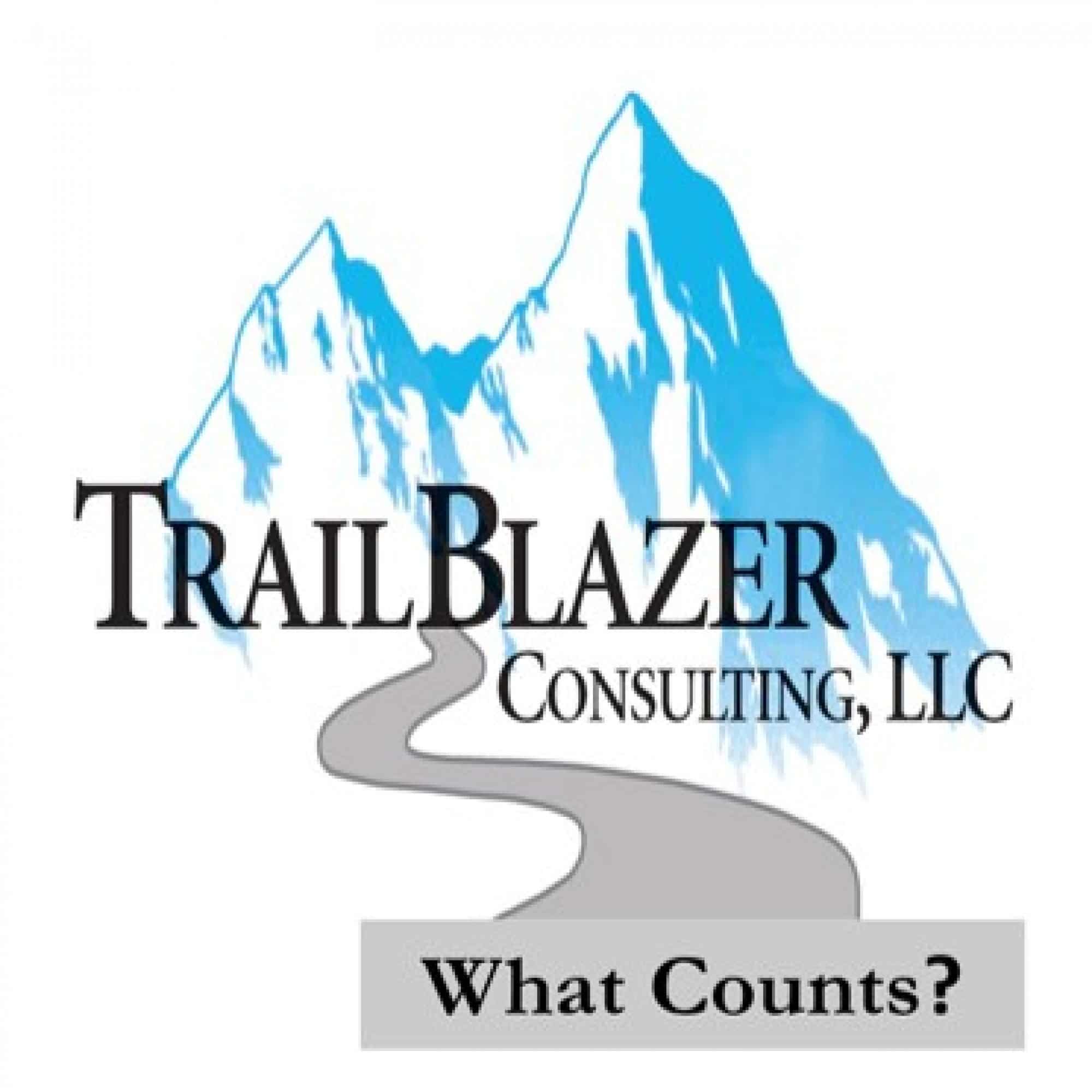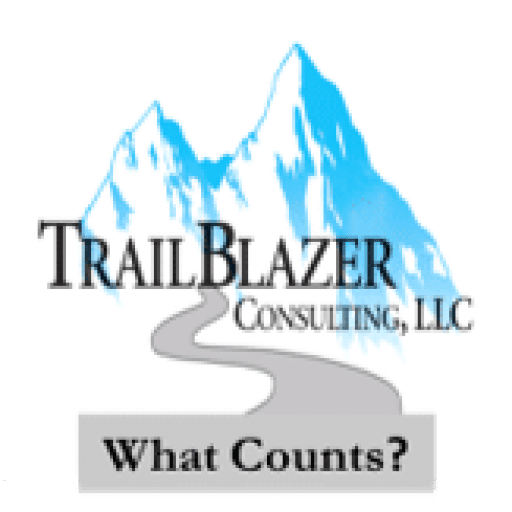[00:00:01] Speaker A: When you introduce a new system, what do you do with the old data and the old systems? Zombie systems.
Hello. Thank you for joining us. This is what counts. A podcast created by Trailblazer Consulting. Here we highlight proven solutions developed through our experience working with companies across various industries. And we talk about how you can apply these solutions to your company. We share our experience solving information management challenges, like creating and implementing a records retention schedule, creating an asset data hierarchy, or helping with email management or. This is Lee. And in this episode, Moore and I will talk about what do you do with the old data when you have a brand new system?
[00:00:44] Speaker B: Thanks, Lee. Yeah. What do you do with the old data? Everybody likes to think about the new system. You've waited a long time. It's like buying a new car. You've waited a long time. You're ready to go. You want the backup camera, you want the connection to your phone so you can listen to your music and get your directions.
[00:01:03] Speaker A: All the shiny new objects.
[00:01:05] Speaker B: Yes, everything's shiny and new, and it smells like a new car.
So you want the modern interface on your system. You want all the functionality that now you know you need. Because when you worked with your old system for a long time, it didn't do that thing that you needed. So now you know. So you're ready. You've got your process ready. And when you're thinking about change management, which we've talked a lot about over the last couple of years, thinking about people, you really, you're trying to get them ready to work in the new environment. And so you want to focus on the new environment and get people ready to move forward. So that idea of a day forward implementation of, okay, all new contracts are going to go in the new system, or all the new transactions are going to go in the new system. And don't worry about those old ones, because you want people to move forward. You don't want them to try and work around the new system because they liked the old one better.
You really want to move in the new direction. You're spending money. You're doing this for a lot of good reasons. You're addressing security issues. Maybe you're addressing functionality gaps. You want to upgrade to the latest technology.
On the other hand, you're the poor information governance person sitting in your company saying, hold up, hold up. We have responsibilities. Just because we've got a new system doesn't mean that we can let go of the old data. What if there's a problem? So one of the key differences that I've always thought about when thinking about it versus IG is the IT team is really responsible for making sure everything is ready to go when somebody sits down in the morning and starts doing their job and that the systems are up and everything's available. And now we live in this 24/7 world, and so things need to be available over the weekend. It's not just that you have to come into the office. You want to be able to get things on your phone. All of that. It is about make sure it's ready now. But IG has to think about yesterday, today and tomorrow. Because when you're thinking about how do you run your business, how do you support your.
To provide evidence of the operations, the decisions, the transactions, make sure you're meeting all your legal requirements, your regulatory requirements, your financial requirements, your obligations to your customers or to your shareholders or other stakeholders, to your partners. That's not just a today thing. Today is important.
But when people have questions, you have to go back to the old data. How do you answer the questions? What if there's a tax audit? Okay, well, most statutes of limitations around tax audits are about seven years to start the audit. So it's seven years from when you close the books on the fiscal year that the IR's might be able to come back to you and say, hey, we have a question about what year are we in here? 2024. They could come back and say, hey, in 2019. We don't understand this entry. You need to tell us about it. Some other audits go longer. Unclaimed property achievement audits. They could go back as far as 15 years. Hey, what happened in 2017, 2013?
Where's your proof that you paid these bills, that you don't have this property sitting around in your accounts that belongs to somebody else? And if you can't find the data and prove what you did and what happened, then they might find against you. A judge might find against you with an adverse inference instruction in a case or the other side of this, whoever's asking you the question might say, hey, you never paid me that. You owe it to me now, and you can't prove that you paid me. So I say you owe it to me. So you can lose there.
[00:04:53] Speaker A: And all the interest.
[00:04:55] Speaker B: And all the interest, especially if we're talking about loans, are fine. Loans or taxes. So. Exactly. So that. So that's a thing. That's a problem. But what if we get out of the money realm? What if you're worried about you're an infrastructure company. We spend a lot of time with infrastructure companies, and you have to operate your infrastructure safely. You're running a building. You need to know about asbestos or lead or what kind of pipes do you have? Oh, there's a flood, there's a blockage. Where are the plans? Where are the blueprints for this building? And where's the as built? And where are all the changes that have happened over the years?
If those are in paper somewhere, you can probably find them. If you know where your paper is stored, even if it's not well organized, you can spend a lot of time looking at boxes, but if you start talking about electronic drawings. So computer assisted drafting, computer CAD drawings or diagrams or PDF's that you made or your contractor made of a drawing that was never that easy to read, but you had it. But where is it? Is it in an old content management system that you don't have anymore? Did you migrate forward into a new computerized maintenance management system, a new cmms, but you didn't bring all the work orders, or you got a new drafting system, but you, or. But you didn't transfer all the old data, you only did it from the day forward.
How do you know what your footprint really looks like? How do you know that when there's a problem to solve, you're going to be able to find all the right information?
So when you're thinking about time to move forward, time to get to a new system, it's tempting to say I got to focus on the new system. It's expensive to get this system in place. I need to just move the minimal amount of data over here because also that older data doesn't really conform to our new structure. And if we have to redo it, that's going to take longer. And I really just need to get people working in the new environment.
I'll deal with that old stuff later. The problem is, later never comes. So then your IT department is sitting over here holding the Museum of Zombie systems where the, the crypt keeper is hanging on for dear life, trying to keep, you know, hackers at bay, vulnerabilities held off, trying to keep the old servers alive so that when you come back and ask a question, they can answer it for you. Because remember, it's job is make sure everything's ready when somebody asks, whatever that is that somebody asks for.
And the business, meanwhile, they have moved on. They are in the new system. They are full stream ahead. Got to run this business. Got to grow. Got to go, got to go, got to go. Don't bother me about that old stuff until there's a problem. Problem in the form of an audit problem, in the form of an emergency or an opportunity. Hey, we're going to sell something. We have, we got an, we got an offer and we're ready to sell our western half of our business, which, thank goodness, we're ready to sell that because nobody wants to live out in that desert anymore. They all want to move to the mountains. And so we didn't want it. We didn't like running it anyway. And somebody wants to pay us a lot of money for it. But, oh, they want all the data. They want to know, where are those as belts? Where are all the upgrades and changes that have happened over time? Where are the inspection and leak and repair records? And they don't want to know just from the last time you did an upgrade. They want to know from when you built it originally, how do you find that data?
Where are all your contracts? Where are all your transactions? What are they buying? Are they buying the opportunity to continue sending gas through that pipe to your same customers? You're assigning the contracts over to them because they want to keep using that pipeline. But not if you can't find that contract. Not if you can't find the contract that says you are able to assign it or can't figure out who the other party is anymore because they've assigned it three times and you haven't kept up with that in your new system. It was all, you had it in spreadsheets. You had some lists. You had it in the old system, but it was hard to get up. But we had the one guy who knew everything about it and we depended on him, and then he went on vacation. And now we have to. Now we have to get this answer together because this offer has a time. It's a ticking, ticking time. You know, time's going to run out and they're going to move on to somebody else. So the cost of that quick decision, where it seems like the better thing to do is just focus on the day forward. Let's look at the, let's look at the future. Don't worry about the past. That cost is big. That cost is real. And it's a job of the IG professional, or one for which you are uniquely suited and situated in your company, to say, okay, what is this cost of letting it go but keeping it so you're not destroying it, which kind of cuts your options off, you're just letting it sit there wasting away, which introduces risks and it introduces cost. And you have a responsibility, I think we all do, to try and quantify that and present it alongside the business case for moving to the new system is okay, and this is a cost. We have a responsibility to our business, to our stakeholders, to the regulators to make sure that we can either access this data or we can appropriately dispose of this data.
And a lot of people forget that when they're looking at the new system.
So right now in this episode, we're just saying, hey, don't forget in future episodes, we're going to talk about, okay, what do we do now? We've remembered now what.
[00:11:03] Speaker A: Yeah. I was sitting here trying to figure out if there was any system that you could just leave behind and not really worry about, and there really isn't, you'd need to know where that data is at all time. And I think that was an excellent key point, that you should add it to your business case. This is the cost of having that old system around or that old data around for the appropriate amount of time that it takes for it to go through its retention period and so forth. I think that's an excellent point.
[00:11:38] Speaker B: Thank you.
I will throw, I will give you one quick answer on the is there anything you can just leave behind? And there was an effort a few years ago. Was it now like probably 15 years ago by the National Institute of standards and technology, created a blue ribbon panel, worked with Adobe to create the PDF a format, which is portable document format for archives. And it's a format that, for documents, is pretty stable. And the reason it's the PDF A, not just the regular PDF, is because it prevents links to outside fonts or other bells and whistles that you can sort of add into a PDF. But the PDFA is a pretty strict rendering of this is what the document looked like before. The viewer is in public escrow. The viewer is available for free to everyone so that you can, a person can read that. So if you're talking about documents, a PDF a format is a pretty, is a, is pretty close to a perpetual format right now. And it was certainly developed to do that. But you still have the problem of where are you keeping all those PDF documents. How are you organizing them? How are you naming them? And everything is not a document. Most data today cannot be reduced to a document and fully represent the complexity and the richness of the data that you depend on to do your business. So. But it was at least an attempt, and it might be time for another one because that was at least 15 years ago, to check the date before our next episode. So lots to think about.
[00:13:23] Speaker A: Okay. That was good too. If you have any questions, please send us an email at
[email protected] or look us up on the web at www.trailblazer.us.com. Thank you for listening and please tune into our next episode. Also, if you like this episode, please be a champion and share it with people in your social media network. As always, we appreciate you the listeners. Special thanks goes to Jason Blake created our music.
[00:13:51] Speaker B: Thanks Lee. Thanks everyone. Tune in next time for more fun with IT.




